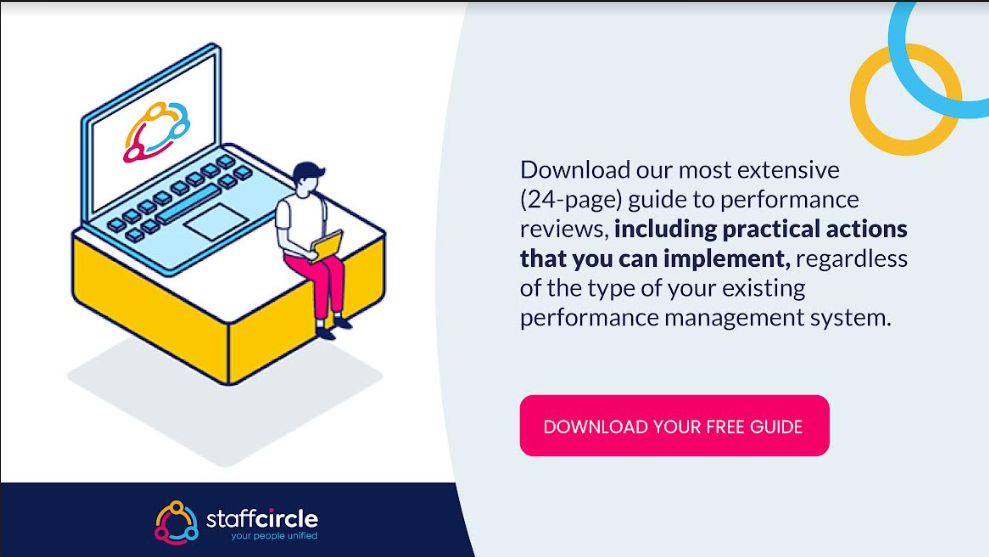IS YOUR NEW HIRE A NO-SHOW?
Engaging employees before their first day on the job could be the solution.
You’ve spent hours sourcing the perfect candidate, been through multiple rounds of interviews with them, negotiated a compensation package and they’ve accepted the offer… happy days! But then they renege on the signed offer. Or they don’t turn up for their first day of work.
Or, a few weeks into the job, they quit.
However the no-show happens, the result is a whole lot of frustration, never mind the cost of replacing the new hire (and for recruiters, loss of commission). According to research from Oxford Economics and income protection providers Unum, the average cost to replace an employee is £30,614, costing British businesses more than £4.13 billion each year1. This means it costs more to lose a single employee than it does to pay the £27,000 average annual salary of full-time workers in the U.K.2 These figures include not only the costs related to replacing an employee (time spent searching, recruitment agency fees, advertising fees) but also productivity lost during the replacement process, as well as training new employees. U.K. businesses average a 15% turnover rate across industries, with retail, catering, call centres, construction and media facing some of the highest rates.3
Rules of engagement
The new hire no-show is a nightmare scenario that you might not have had the misfortune of experiencing, but it’s not an uncommon one… and it’s not all about the money. One study discussed in Harvard Business Review found little correlation between salary and job satisfaction and the results suggest that money is not the answer when it comes to creating an engaged workforce4.
In the U.K., engagement rates appear to be stagnant. According to research firm ORC International’s 7th annual Global Perspectives survey, employee engagement in the U.K. hovered at 58% between 2015 and 2016. While this may seem to represent the majority of workers, the survey also found that approximately 20% of employees would not recommend their employer as a place to work5. Similarly, research by Kronos and the Workforce Institute found that 60% of employees cited not feeling valued as the key factor when considering resignation6. This means there are enough unengaged employees in the U.K. whose level of disconnectedness can greatly undermine an organisation’s productivity.
So, how do employers create a more engaged workforce?
Start with a pre-boarding plan
Once a new hire signs an offer letter they are committing to becoming an employee. They are less likely to walk away from an offer if they feel part of their new company right away and remain engaged from the time they accept the offer to their first day, and beyond. This is where an immediate onboarding programme (or “pre-boarding”) can make a huge difference to recruitment outcomes.
A workforce communication platform like StaffCircle gives new hires immediate, limited access to company information and training, which can be automatically expanded once they arrive on their first day. Engaging new employees in this way gives them a feel for company culture, builds excitement, minimises first-day nerves and makes them feel part of the team – all before they’ve even started.

Keep up momentum
Perhaps more common than the problem of the new hire no-show is that of new employees leaving after a short period of time. This can be the result of staff not being on-boarded thoroughly enough. Often, following a one- or two-week on-boarding programme, new employees are left to their own devices, which can slow down their progress and lead to reduced confidence, dissatisfaction and loss of interest.
A 90-day on-boarding plan that can be delivered cheaply and effectively through a digital platform like StaffCircle keeps new employees engaged and connected to their company, and as a result, can improve staff retention rates. The onboarding programme starts before employees turn up for work on their first day and can be delivered as digital training through the StaffCircle app.
Take advantage of technology
Engagement becomes even more of a challenge for employers in industries where workers don’t typically use computers or are based in different locations. The easiest way to connect these employees to their organisation is through technology, specifically smartphones.
There are more than 43 million smartphone users in the U.K. Among adults, smartphone penetration is well above 80% and is expected to continue to rise7. With such widespread adoption, smartphones can play a revolutionary role in engaging employees.
A workforce communication app like StaffCircle offers employees a cyber portal into their company. The app combines communications, sentiment, HR, training, objectives, reviews and workflow in one GDPR-compliant application – and at employees’ fingertips. By giving all employees an equal voice and the same access to company information, technology can empower and engage a workforce. And an engaged workforce is a happier, more productive one – which ultimately means greater business success.
- https://www.telegraph.co.uk/finance/jobs/10657008/Replacing-staff-costs-British-businesses-4bn-each-year.html
- https://hiring.monster.co.uk/hr/hr-best-practices/workforce-management/employee-retention-strategies/what-is-the-ideal-employee-turnover-rate.aspx
- https://hbr.org/2013/04/does-money-really-affect-motiv
- http://www.manufacturingglobal.com/people-and-skills/increasing-employee-engagement-manufacturing





